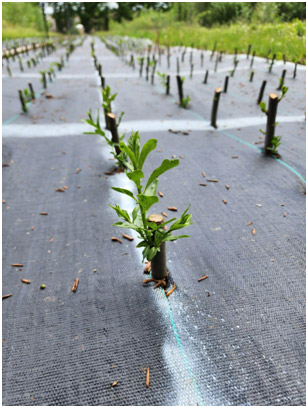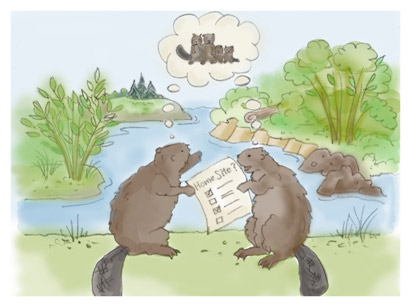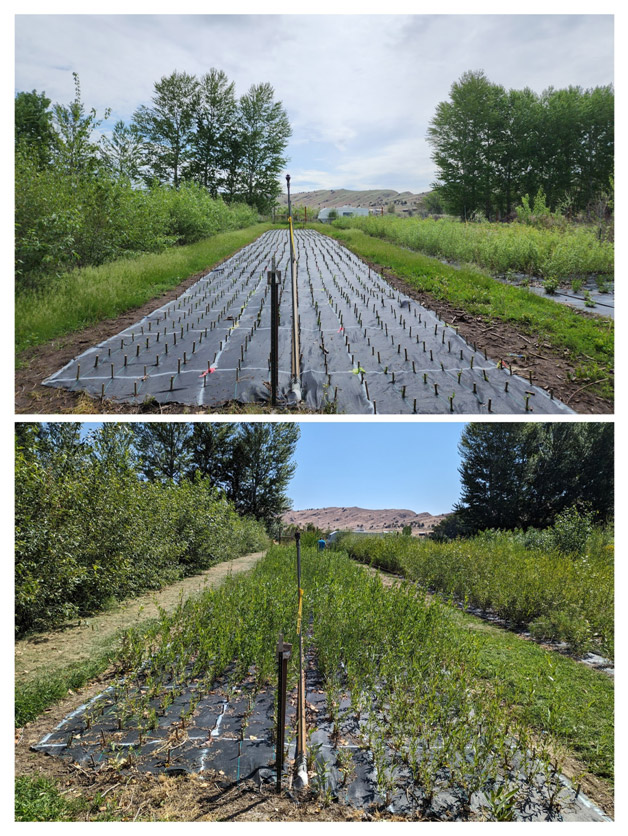Clarno Nursery
From Nursery to Restoration Site - The Role of Clarno Nursery
The Clarno Nursery is a collaborative project between the U.S. Forest Service and the Bureau of Land Management. Since 2021, Beaver Works Oregon has harvested much of our stick supply from this nursery in order to support our beaver habitat plantings throughout Central and Eastern Oregon. Read more to learn about how the Clarno Nursery supports our mission to restore beaver habitat throughout Central and Eastern Oregon.
The Key to Building BeaverHOODs
In our effort to promote beaver establishment and natural recovery across challenging parts of their historic range, we plant these quintessential hardwoods in denuded riparian areas. The willow and cottonwood plantings not only help restore riparian function but support other wildlife and stabilize the stream bank, reducing erosion.
Did you know that entire willow and cottonwood trees can be grown from just one small stick?
Close-up of a nursery raised willow “cutting” sprouting leaves


Willow and Cottonwood Stick Plantings
Every year, Beaver Works cuts and collects “cuttings” of willow and cottonwood for our beaver habitat planting projects around Central and Eastern Oregon. Cuttings are dormant sections of hardwood trees and shrubs with no leaves or roots. Limbs are clipped and trimmed, leaving the roots of the tree intact and ready to keep growing without the need to replant year after year. More like pruning – the way beavers do!
Our stick harvesting and planting method is not so different from what beaver’s naturally do. By pruning or “coppicing,” and building with plant cuttings, beavers help propagate more trees, as loose willow and cottonwood sticks float downstream and often grow into full-grown clones of the upstream trees.
Native willow and cottonwood stands located near a rehabilitation site are in some ways an ideal source of plant material for cutting and planting at a restoration site since they are adapted to local conditions. But oftentimes the nearby native plants are already stressed and cannot sustain widespread harvest. Wild harvest is also a long, labor intensive process that involves visiting multiple sites, hiking through thick brush, plant identification and viability assessment, etc. So since 2021, Beaver Works Oregon has harvested much of our willow and cottonwood stick supply from Clarno Nursery, near Fossil, Oregon.
The Clarno Nursery
Get Involved
Willow cuttings in a Clarno Nursery bed in May (top) and the same cuttings sprouting branches and leaves in August (bottom)


